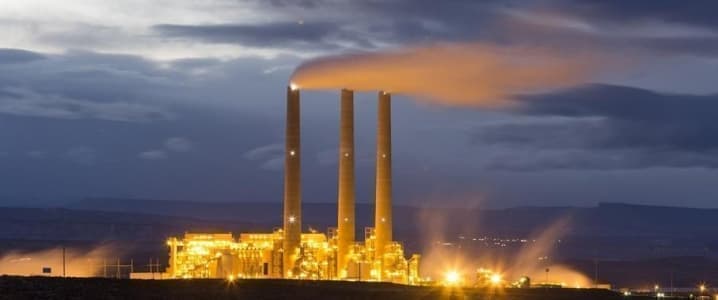Natural gas drops below $2 as US shale blitz overwhelms demand

Natural gas futures sank below $2 per million British thermal units for the first time since 2016 as an onslaught of US supply from shale basins overwhelmed demand for the heating and power-plant fuel. Aside from a few brief cold snaps, the weather hasn’t been frigid enough to keep heaters on full blast and sustain a rally in gas prices. Though stockpiles ended last winter more than 30% below normal for this time of year, record production quickly replenished gas in underground storage. Since the shale boom began more than a decade ago, producers have been unable to shake off the supply glut that’s kept prices in the doldrums even as new pipelines and exports plants send unprecedented amounts of gas to Mexico and overseas. While drillers have been remarkably successful in ramping up output in recent years, their track record of doing so profitably has been mixed at best. “Prices have hinted at a break below $2 multiple times throughout the past year and it have fought hard to resist a complete breakdown,” said Daniel Myers, an analyst at Gelber & Associates in Houston. But the market finally caved as “Mother Nature pulls the rug out from under prices one more time.” The latest weather models show above-nor- mal temperatures across much of the East later in January, a sharp shift from earlier predictions for cooler conditions. That suggests a loss in demand for the heating fuel that’s “the biggest so far this entire winter season,” according to Commodity Weather Group LLC. Natural gas futures for next-month delivery fell as low as $1.998 per million Btu just before the end of trading Friday in New York, but settled at $2.003. Futures fell 26% in 2019, making gas one of the year’s worst-performing commodities. Prices last dropped below $2 in May 2016. Despite Friday’s slump, the gas market remains vulnerable to dramatic price spikes at the first sign of a polar blast. There are two months of winter remaining, and hedge funds are holding the largest-ever bearish position in the fuel.